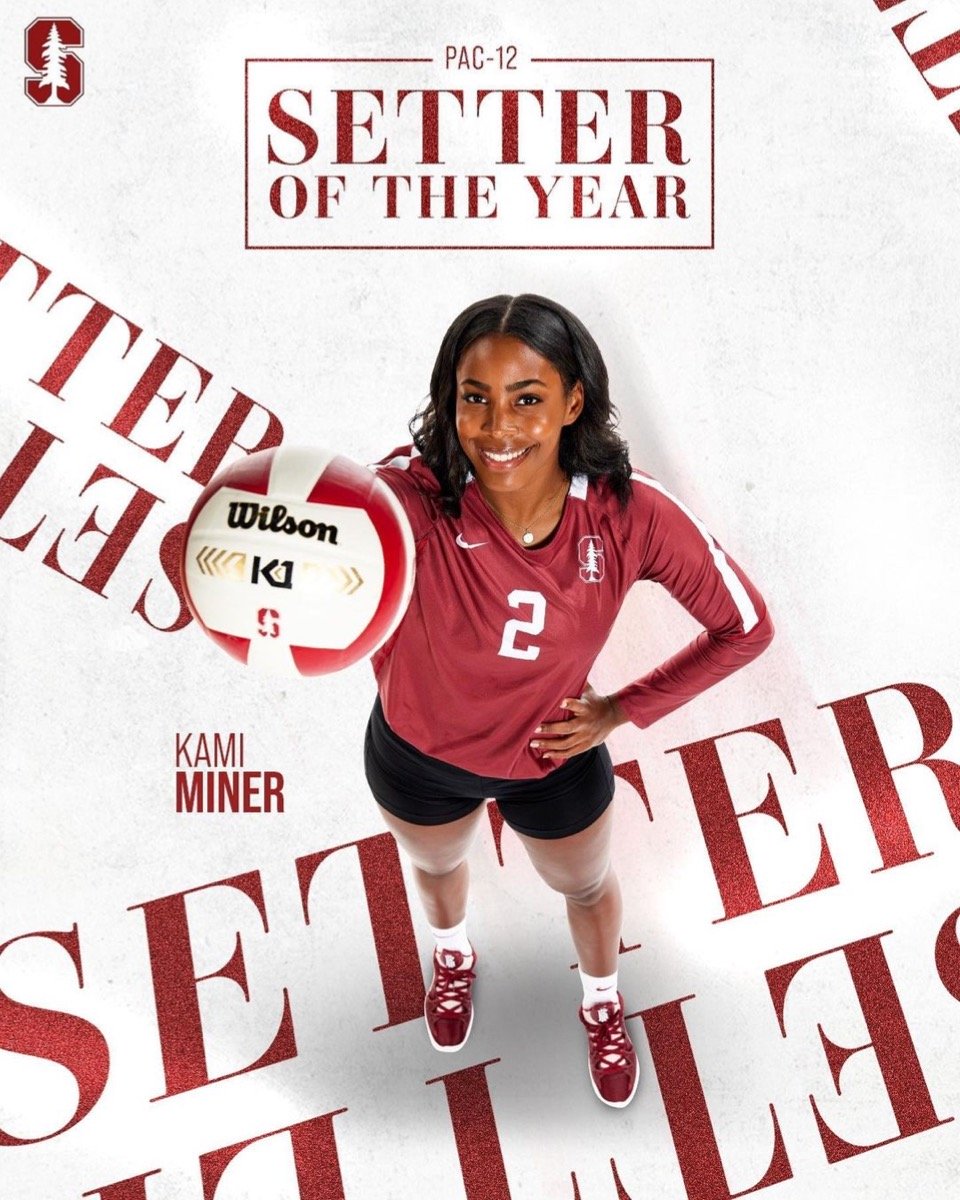- Improve Your Volleyball with Coach April
- Volleyball Drills for Digging
 Dear Volleyball Mom,
Do You Know What Sets My Private Volleyball Training Apart From Anyone In Vegas?
I invite You to read what my private volleyball training mission says before considering hiring me as a private volleyball coach because I'm not available for everyone.
Dear Volleyball Mom,
Do You Know What Sets My Private Volleyball Training Apart From Anyone In Vegas?
I invite You to read what my private volleyball training mission says before considering hiring me as a private volleyball coach because I'm not available for everyone.Four Types of Volleyball Drills For Digging Balls Up Under Pressure
These four types of volleyball drills for digging turn up the heat and puts the digger under pressure to dig a playable ball that the setter can run a play with
Be sure to bookmark this page because I talk about the following four volleyball drills for digging which are ways to improve your digging skills while being put under pressure in fast paced drills The types of volleyball drills for digging are...
- Pressure Repetitive Hitting Drill
- Hitter vs Digger No Block Drill
- One Hand Set Pepper Drill
- 3 Step And Dive Digging Drill
Types of Volleyball Drills For Digging Like
The Pressure Repetitive Hitting Drill Work on Digging Playable Balls Under Pressure
One digger is placed in the middle of the court with myself and one or two of my assistant coaches on the same side of the net as the diggers.
Coaches are in Zone 4 and Zone 2 and sometimes in Zone 3.
Hitters and diggers half court distance apart.
What are we working on in this drill?
Players are working on reading the ball -getting information from the spiker's arm and at the same time reacting quickly but under control while digging the ball high in a high intensity pressured situation.
Players are also working on
- hips dropping lower than the oncoming ball
- eyes focusing on spiker's hitting arm for quick second then keying in on the oncoming spiked ball and its travel path,
- keeping platform arms straight with no bent elbows and away from the body...closer to the ball
- making a playable ball 8 -10 feet in the air..
- after the dig working on making a quick quarter turn to face the next coach that's hitting
Types of Volleyball Drills For Digging: Hitter vs Digger No Block Drill - The Hitter Has To Score More Points Than The Digger Or Vice Versa
Winner scores 10 points first
Hitter hits hard deep cross court and scores a point when digger can’t touch it or digs an unplayable ball.
Digger scores a point when they dig a playable ball.
For beginners hitter errors may not count but for more advanced players hits in the net or out of bounds are points scored for the digger.
Hitters working on
- -reducing unforced errors
- -consistently hitting deep and sharp cross court angles
Diggers working on
- -reading the hitter
- -fearless reaction to the ball while not letting any balls fall to the ground without reacting to them
- -keeping hips low while playing the ball
- -winning the game in defense
Variations include adding 1 or 2 blockers the hitter has to beat in addition to the one digger
Types of Volleyball Drills For Digging Like This One Hand Set Pepper Drill Are Fun Variations We Try In Training
D-1 players Giselle (Duke) and Sisi (Arkansas Tech) work on this one handed set, then hit, then dig fast paced drill.
Types of Volleyball Drills For Digging Like
The 3 Step And Dive Drill Works On Covering Half The Court in 3 Steps To Cover A Tip Behind The Block
A group of diggers go one by one ..starting in their base position in defense, then moving to their adjusted position as they watch the setter set the ball outside.
They let the hitter commit to their armswing before taking their first of three steps towards the ball..lowering their body to the ground as they take each step getting closer to the ball.
For right handers ..the left hand goes down to the ground while right hand plays the ball.
Left handers reverse.
I don't do this drill with beginners or people who just start out with me...I do this drill with players who've been with me for quite awhile or who have experience playing advanced volleyball.
One of the things I really have players work on is taking a big first step followed by big and fast steps to get across the half court as fast as possible..covering a lot of ground in a short amount of time.
Key Takeaways For Four Types of Volleyball Drills For Digging Balls Up Under Pressure
Drills are designed for different skill levels.
Start with beginner drills and as your skills improve, progress to intermediate and eventually to advanced drills:
**Hitter vs Digger No Block Drill** is an intermediate-level drill that focuses on improving reading skills and reacting to live hitting.
> Description: A competitive drill where diggers work on their reading and reacting abilities against live hitting. Hitters get to develop consistent deep and sharp cross court angles. The contest continues till one side (either the hitter or the digger) scores 10 points first. Variations include adding one or two blockers that the hitter has to beat in addition to the digger.
> Difficulty Level: Intermediate
**3 Step And Dive Drill** is an intermediate drill that focuses on quickly reacting to incoming balls and developing floorwork techniques.
> Description: This drill focuses on several core skills, including reacting quickly to incoming balls, hitting deep and sharp cross court angles, and reducing unforced errors. Starting in their base position in defense, diggers move to their adjusted position while watching the setter set the ball outside. They take their first of three steps towards the ball, lowering their body to the ground as they get closer to the ball.
> Difficulty Level: Intermediate
- **Pressure Repetitive Hitting Drill** is an advanced drill designed to test players' reactions and decision-making skills under high-pressure situations.
> Description: Designed to test players' reactions and decision-making skills under high pressure situations. One player is placed in the middle of the court, with coaches on the same side of the net as the diggers, in Zones 2, 3 and 4. Coaches continuously hit balls towards the digger, who must react quickly under pressure to dig the ball high into the air.
> Difficulty Level: Advanced
Each drill focuses on enhancing different aspects of the digging skill. Start with the drills that stress the basics and gradually move to the drills that simulate high pressure situations.
Remember, the key to becoming a proficient volleyball player is consistent practice with drills that are suitable for your current skill level. Patience, determination, and proper technique will help you progress smoothly and effectively.
Remember, patience and proper technique are the keys to mastering any skill in volleyball. Therefore, even if you're eager to try an advanced drill, ensure you've mastered the basic and intermediate drills first.
Do You Follow Me on Pinterest?
 Private or semiprivate volleyball indoor/sand lessons are an excellent way for young Las Vegas high school volleyball players to quickly improve their individual skills through a private or semi-private coaching experience.
These lessons are conducted by former pro volleyball player, former USA Volleyball High Performance instructor and Evaluator and Tstreet Vegas 18s head Coach April Chapple on a weekly basis.
Sign up now!
Private or semiprivate volleyball indoor/sand lessons are an excellent way for young Las Vegas high school volleyball players to quickly improve their individual skills through a private or semi-private coaching experience.
These lessons are conducted by former pro volleyball player, former USA Volleyball High Performance instructor and Evaluator and Tstreet Vegas 18s head Coach April Chapple on a weekly basis.
Sign up now!Follow me on Pinterest Volleybragswag to improve your game even faster!
I share alot of individual, partner and easy-to-do volleyball serving drills we do in class with my followers.
Many of these volleyball practice drills you can do at home by yourself or try at your next practice with your teammates.
If you're a B team or JV player trying to make varsity next year...your goal should be to complete 1000 reps a day of at least three of the basic skills on your own...volleyball passing, serving and setting should be at the top of the list.
SUSCRIBE
To My Email Newsletter Below!
From Lady Vol to Legend: Coach April Produces Powerful Passionate Players...is that you?
TOURNAMENT CHAMPIONS!
A-1 Vegas Volley VBC
In It To Win It Tournament
May 2 - 4, 2025 Tournament
Gold Medalists
18s Premier Division
 Making A-1 Vegas Volleyball history as the very first TOURNAMENT CHAMPIONS! In the In It To Win It Tournament,
May 2-4, 2025 Tournament,
A-1 Vegas Volleyball Club
Gold Medalists, 18s Premier Division
Making A-1 Vegas Volleyball history as the very first TOURNAMENT CHAMPIONS! In the In It To Win It Tournament,
May 2-4, 2025 Tournament,
A-1 Vegas Volleyball Club
Gold Medalists, 18s Premier DivisionWhat Are You Looking For?

Hi there!
Thanks for stopping by. Hope you learned something today that will help you reach your volleyball goals.
Be sure to subscribe to my email newsletter so you can learn more each week!
Stay strong! Stay motivated!
-Coach April

SUSCRIBE
to my email newsletter below!
Vegas Volleyball's Unsung Heroes: Celebrating Moms with Peace Love Volleyball Shirts
Ready to energize your volleyball mom journey?
Subscribe to my 'Producing Powerful Passionate Peaceful Players' email list above on ImproveYourVolley.com.
You'll receive energy-boosting tips, exclusive insights from me, Coach April Chapple on maintaining momentum in volleyball.
Let's power up the Vegas volleyball scene together!
Recent Articles
-
Take A Coach April Volleyball Lesson: Train with a Champion in Vegas
May 07, 25 03:55 PM
Las Vegas volleyball lessons with proven results. Coach April's personalized training helped her 18s team win gold - now let her elevate your volleyball game. -
Peace Love and Volleyball: Vegas Moms: Real MVPs Behind Every Player
Apr 28, 25 09:02 PM
Discover how Coach April's Peace Love and Volleyball revolution honors Vegas volleyball moms, unsung heroes transforming local volleyball one player at a time. -
Types of Volleyball Hits: 5 Attack Techniques I Teach My Club Hitters
Apr 27, 25 01:11 AM
Discover in this article, how I show you the different types of volleyball hits I teach my Vegas Volley club 18s players-from basic spikes to strategic shots.



























